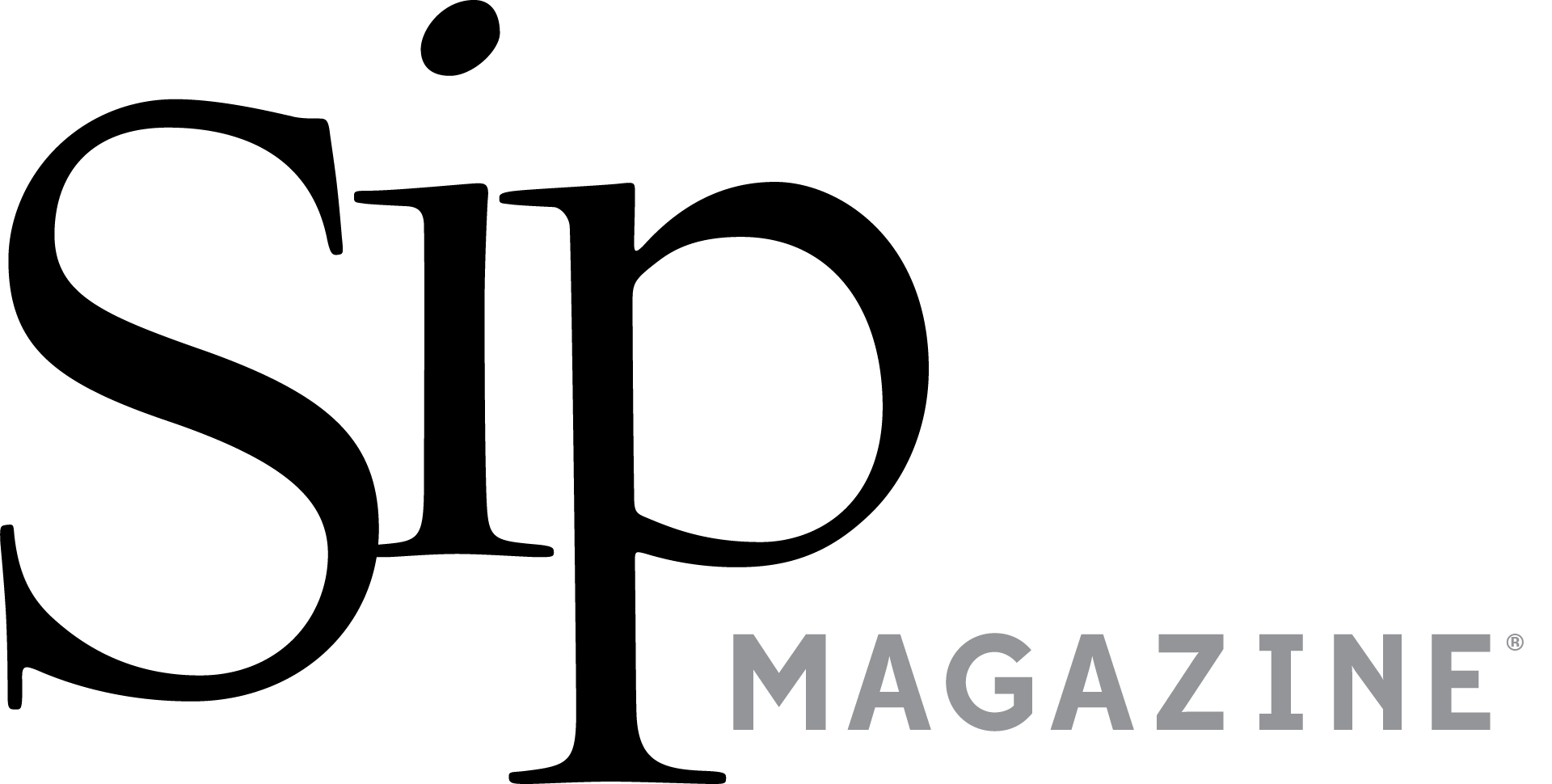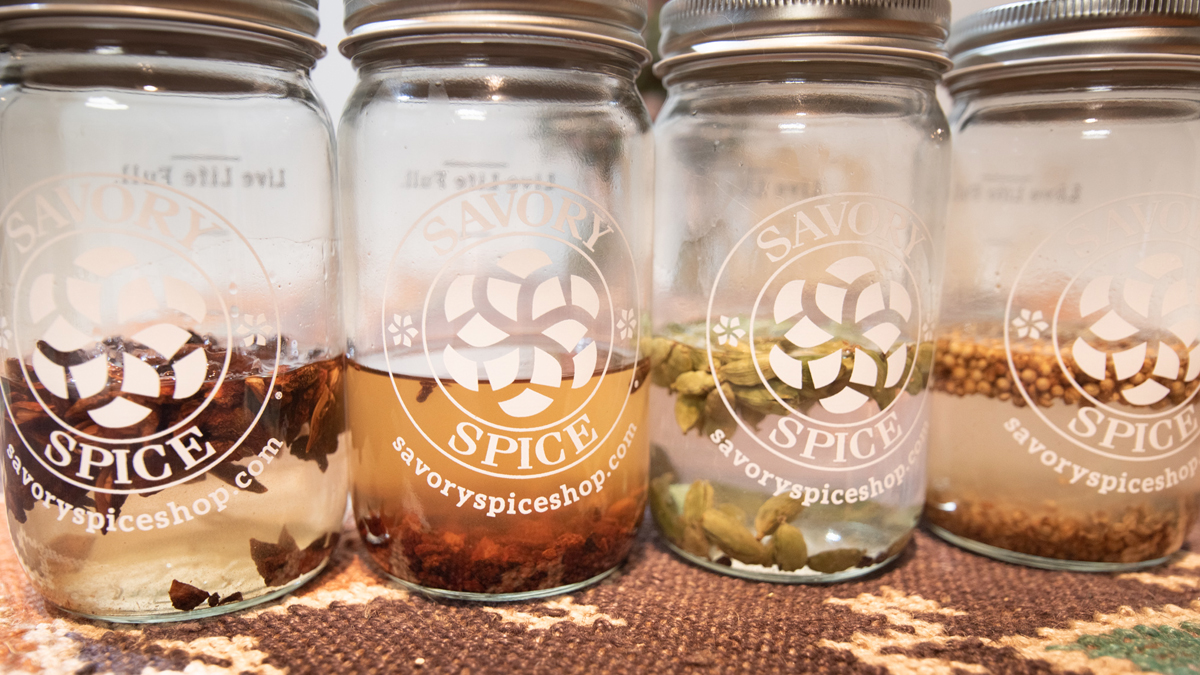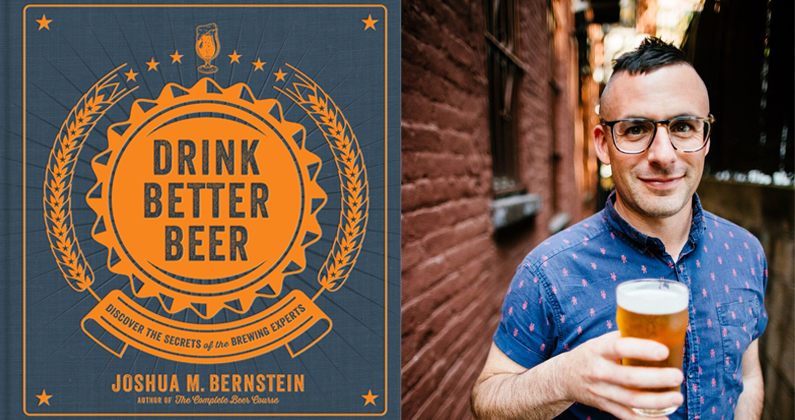You’ve heard of sake, you’ve come across it in Japanese restaurants and seen the colorful, characterful bottles lining store shelves. You’ve probably tasted it — hopefully not heated — and maybe even, ideally, in a white wine glass. But what exactly is it?
Sake is an all-natural, rice-based fermented alcoholic beverage, made similar to beer and served similar to wine. So, a fermented and brewed rice beverage with tasting notes, alcohol and aging possibilities akin to wine.
A decade ago there were a handful of sake producers in North America, and now it’s estimated that number is nearing two dozen. SakéOne in Forest Grove, Oregon, was the first American-operated sake brewery in the United States, leading the way for more than two decades and paving the path for many others. SakéOne now operates three distinct craft sake brands: Momokawa, Moonstone and G Saké, and is the highest-awarded kura (sake brewery) in America.
At Portland’s annual Saké Fest this June, you can sample more than 100 different sakes from around the world, and taste them alongside local foodstuffs. In the meantime, encourage the development of your palate with these NW-made sake picks.
YK3 Sake Yu Junmai Nama Genshu
Heady pear, anise and orange creamsicle fill the cloudy, glycerine-filled mouthfeel of this Nama (unpasteurized) sake. Grapefruit zest and lush melon fills the punchy palate. The finish lingers with pickled ginger heat. It is also Junmai (no added alcohol) and Genshu (undiluted with water). YK3 Sake is based in Richmond, British Columbia, importing Calrose rice from Sacramento, California, where most of the North American sake rices are sourced from. Since this is a Nama sake, it needs to be refrigerated at every point along its journey. | $20 CAD/375ml
SakéOne G Saké Joy Junmai Ginjo Genshu
This is a Junmai (no added alcohol), Ginjo (top four premium sake grades) Genshu (undiluted with water) sake from America’s first sake kura, in Forest Grove, Oregon. Being undiluted, this is at the upper scales for sake alcohol content at around 18 to 20 percent and you can feel it: a bold, smooth and full-bodied sip with lush melons, perfumed Anjou, Asian pear crispness and a sweet cereal note on the weighted, glycerol palate. The slight grip on the palate welcomes protein-positive foods. | $20/750ml
Tahoma Fuji Sake Nama Genshu
One of Seattle’s first sake breweries, Tahoma Fuji opened with four different variations on the beverage, only recently breaking into Japanese and seafood restaurants throughout the city. This Nama Genshu — unpasteurized with live enzymes and microbes that require its refrigeration — holds on to its power without any water dilution, bringing both flavor and complexity to the drink. Full-bodied and full-flavored with tropical notes of unripe banana and papaya, with peach and honeydew melon undertones, the clean finish does back a punch, but with refinement, balance and a refreshing closure. | $22/750ml
Artisan SakeMaker Osake Fraser Valley Junmai Renaissance
After singlehandedly changing the sake conversation in Vancouver, British Columbia, with the establishment of his small-batch production shop in 2007, founder Masa Shiroki of Artisan SakeMaker has pushed on, planting sushi rice in the Fraser Valley and making the first sake rice production in Canadian history. Fresh, sweet hay, sweet meadow herbs, light honeysuckle and hazelnut stream through this Junmai. Predominantly herbal and moderately honeyed with crisp acids rising from the sweet cereal base, the sip lingers with fine sea salts and a gentle orange, vanilla sweetness. | $25 CAD/375ml
This article originally ran in the Spring 2019 print edition of Sip Northwest magazine. For the full story and more like it, click here.






